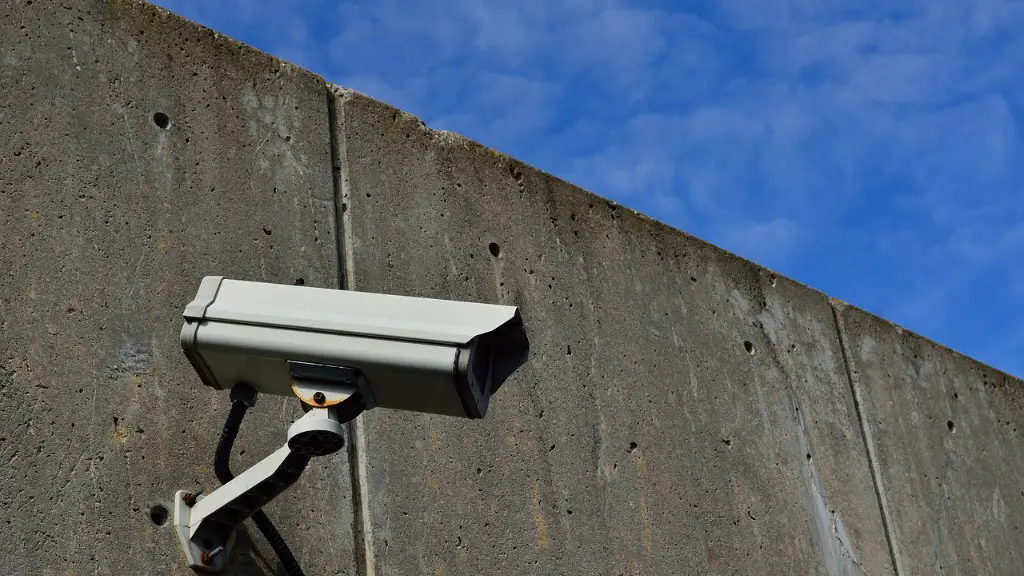The KGB is believed to have been responsible for the deaths of many people during its time as the Soviet Union’s security agency. While the exact number of people killed by the KGB is unknown, it is believed to be in the thousands. The KGB was known for using brutal methods to interrogate and kill those who were deemed to be enemies of the state. Many of the people killed by the KGB were political dissidents who were opposed to the Communist Party. The KGB also killed people who were suspected of being spies or of having anti-Soviet views.
This is a difficult question to answer definitively because the KGB’s records are not public. However, it is generally agreed that the KGB was responsible for the deaths of many people, both inside and outside the Soviet Union.
How many deaths is the KGB responsible for?
The KGB and its predecessors have been responsible for the deaths of tens of millions of people, according to many scholars. This estimate is based on the number of people who were killed by the KGB and its predecessors during their time in power.
The Soviet Union and Russia have been responsible for a long list of assassinations throughout the years. Some of the more notable ones include Mohammed Daoud Khan, Georgi Markov, Hafizullah Amin, and Sultan Ibraimov.
What did the KGB do to people
The KGB was the primary security agency in Russia and the satellite republics of the Soviet Union. Its primary role was to quell dissent, by first identifying dissidents promoting anti-communist political and/or religious ideas and then silencing them. To perform this task, KGB agents often used extremely violent means.
The Soviet Union under Joseph Stalin was one of the most repressive regimes in history. An estimated 18 million people were killed under Stalin, including 799,455 executions (1921–1953), around 17 million deaths in the Gulag, some 390,000 deaths during the dekulakization forced resettlement, and up to 400,000 deaths of persons deported during the 1940s. This was an incredibly brutal regime and its victims deserve to be remembered.
What is the KGB called today?
The KGB’s main successors are the FSB (Federal Security Service of the Russian Federation) and the SVR (Foreign Intelligence Service). Both organizations are responsible for the security of the Russian state and its citizens. The FSB is responsible for internal security, counter-intelligence, and counter-terrorism, while the SVR is responsible for foreign intelligence gathering.
The GRU was the Soviet military’s primary intelligence agency. It was responsible for gathering intelligence on the enemy’s military capabilities and intentions. The GRU had no formal connection to the KGB, the Soviet political police and security agency, though Western intelligence authorities believed that the KGB had agents within the GRU. The GRU was dissolved in 1991, following the collapse of the Soviet Union.
Who is the most famous KGB spy?
Oleg Gordievsky is a former Soviet intelligence officer who served as a double agent for the British Secret Intelligence Service (MI6) from 1974 to 1985. He is widely considered one of the most valuable Western intelligence assets of the Cold War.
The use of chemical spray guns, strychnine-laced chocolates, and miniature guns disguised as cigarette cases was a very effective way for the assassins to kill their targets. These weapons allowed the assassins to get close to their targets and kill them quickly and efficiently.
Did Stalin try to assassinate Tito
The Soviet Ministry of State Security planned to assassinate Tito with a biological agent and a poison codenamed Scavenger, but Stalin died in 1953, before the time the plot could be implemented. This is an interesting bit of history that I was not aware of. It is amazing to think that such a plan was hatched and that it was not carried out simply because Stalin died.
Yet, as early as the 1920s, the Soviet Union had already begun using its intelligence agencies, such as the GRU, OGPU, NKVD, and KGB, to form various spy rings in the United States. These spy rings would utilize both Russian and foreign-born nationals (resident spies), as well as Communists of American origin, to carry out their espionage activities. Consequently, it can be said that the origins of Soviet espionage in the United States date back nearly a century.
What was the KGB good at?
The KGB was one of the most powerful, feared and successful intelligence services. It carried out numerous audacious and deadly operations. It was also very good at recruiting.
Sergey Naryshkin is the current Chairman of the State Duma, the lower house of the Federal Assembly of Russia. He assumed office on 5 October 2016, succeeding Mikhail Fradkov.
How many Germans did Soviets kill
The civilian death toll during the flight and expulsion of Germans is highly disputed and ranges from 500,000 to over 20 million. Soviet war crimes and the forced labor of Germans in the Soviet Union are also hotly contested topics. Feldheer casualties from September 1939 to November 1944 totaled 1,709,739 with 1,540,829 missing in action.
In 1941, Stalin ordered any soldier who did not hold their ground in battle to be shot by NKVD troopers behind them, unless the NKVD could return the men to the front. In the heat of battle, they were shot but stragglers behind the lines were often sentenced to Penal companies and returned to the front.
Did the Soviet Union kill civilians?
The Afghan people have a long history of resisting outside invaders, and the Soviet Union’s occupation of Afghanistan in the 1980s was no exception. Large numbers of Afghans were killed by Soviet forces in an effort to suppress their resistance. It is estimated that up to 2 million Afghans were killed during the Soviet occupation. In one particularly brutal incident, the Soviet Army massacred civilians in the summer of 1980. The Afghan people have never forgotten this atrocity, and it continues to be a major source of tension between Russia and Afghanistan today.
Military Intelligence, section six was a former official and present-day popular name for the intelligence and espionage agency of the British Government. It was established in 1909 and was responsible for collecting intelligence on the British Army and for counter-espionage. It was disbanded in 1946.
Who is the most famous spy
There have been many famous spies throughout history. Some of the most well-known include Sir Francis Walsingham, Benedict Arnold, Nathan Hale, Rose O’Neal Greenhow, Elizabeth Van Lew, Mata Hari, and Carl Lody. Each of these individuals made a significant impact on history through their spying activities.
The Cheka, also known as the Vecheka, was the early Soviet secret police agency. It was founded in 1917 and was a forerunner of the KGB. The Cheka was responsible for carrying out many of the Soviet Union’s most notorious acts of terror, including the mass deportations of the 1920s and 1930s.
Final Words
The KGB was responsible for the death of many people, but the exact number is unknown.
The KGB killed an estimated 1.3 million people during its time as the Soviet secret police.




